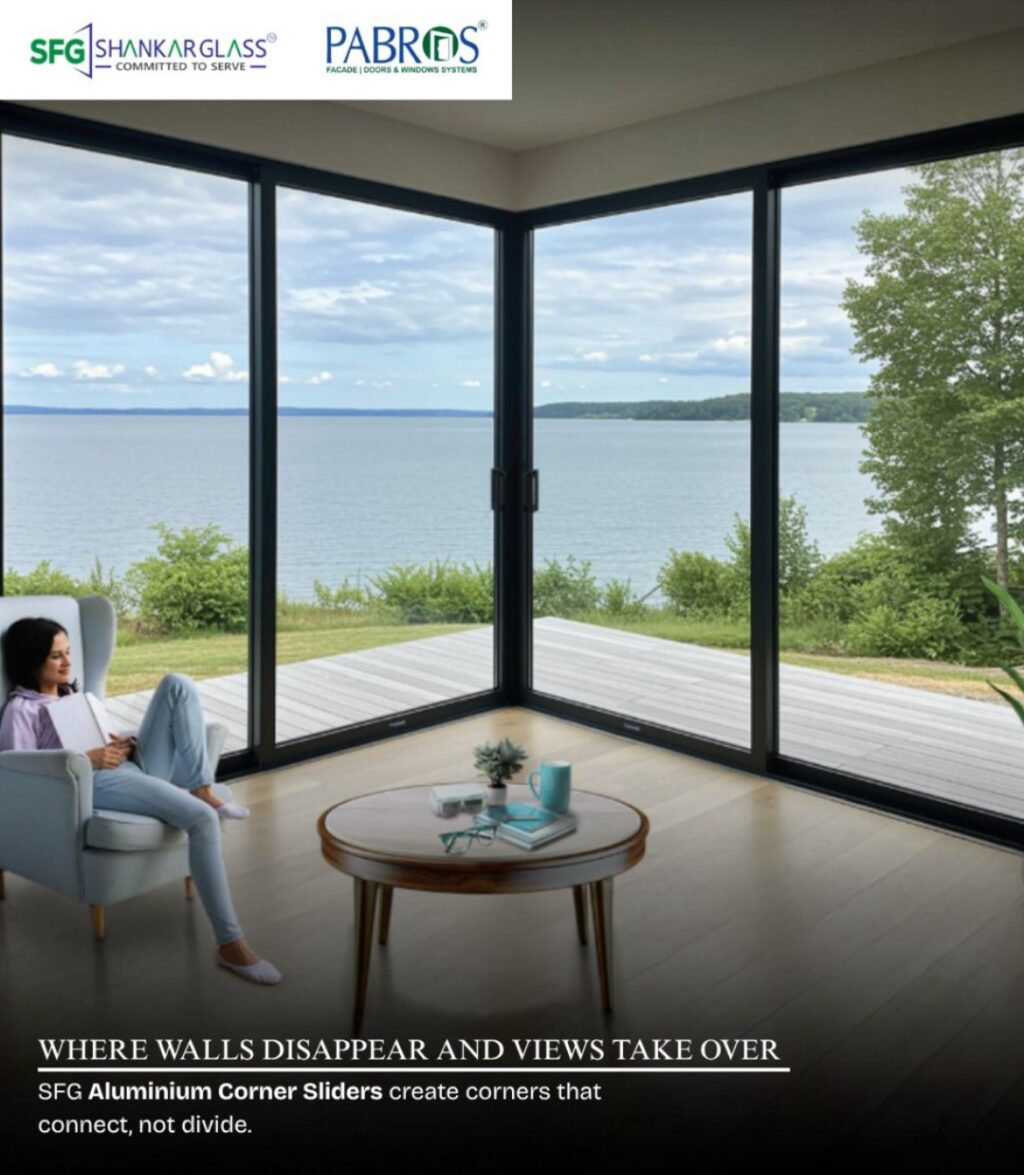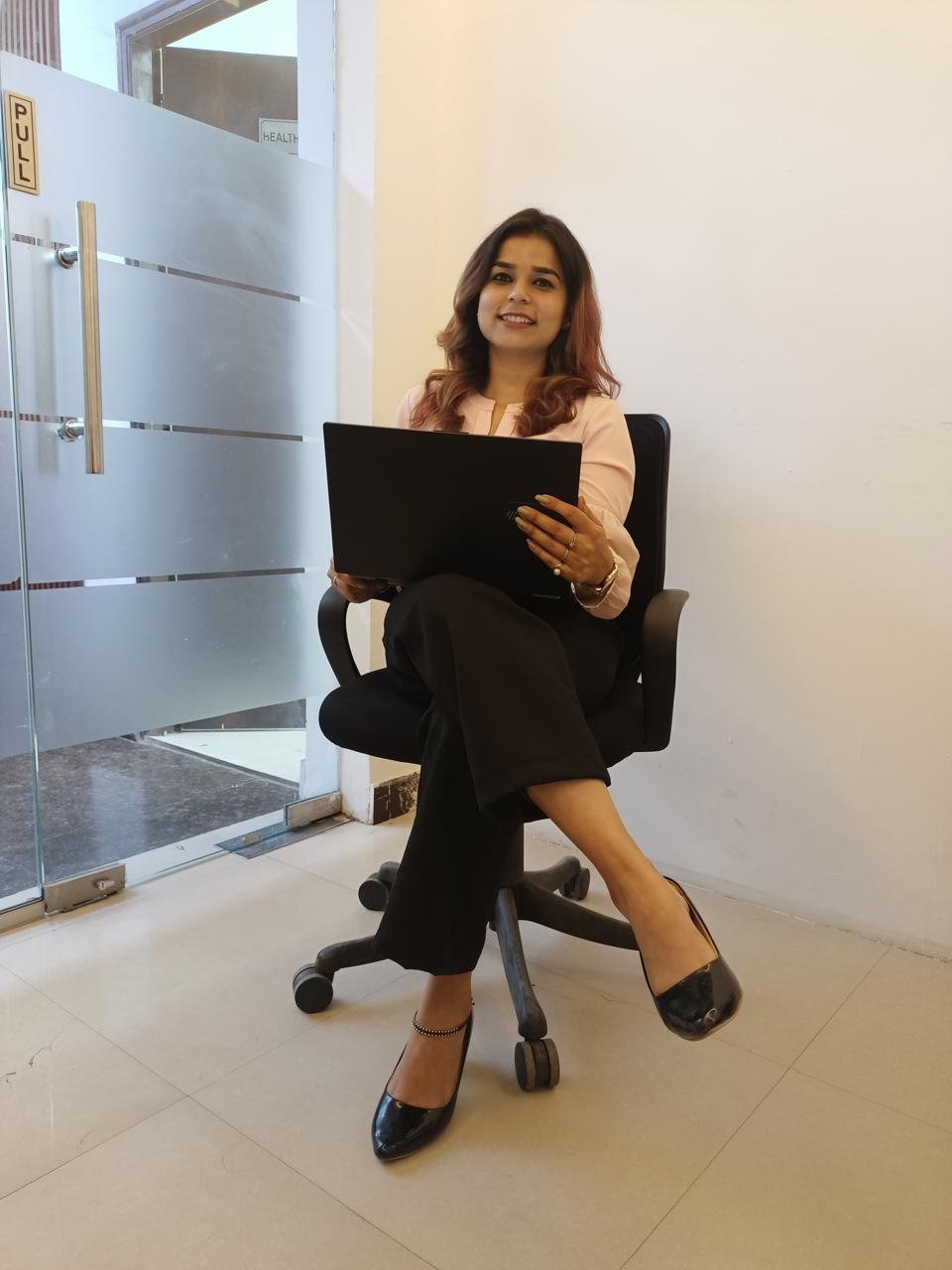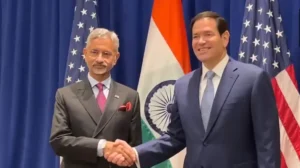In an era where sustainability is no longer a choice but a necessity, the building and construction industry is undergoing a quiet but impactful transformation. Among the many innovations reshaping modern architecture, uPVC (Unplasticized Polyvinyl Chloride) has emerged as a material that not only aligns with green building goals but also delivers unmatched design flexibility. It is fast becoming the preferred choice for architects, developers, and homeowners alike — and for good reason.
Energy Efficiency at the Core
UPVC’s strength lies in its exceptional thermal insulation properties. Unlike metal frames, which conduct heat, UPVC acts as a barrier, preventing heat exchange between indoors and outdoors. When combined with double-glazed glass, it helps maintain a stable indoor temperature, reducing the reliance on air conditioning in summers and heating in winters. In a country like India where climate variation is wide and energy consumption continues to rise, UPVC windows and doors offer measurable savings on electricity bills while contributing to energy-efficient building standards like IGBC and GRIHA.
Meeting Global Sustainability Standards
With the construction sector contributing significantly to carbon emissions, materials like UPVC are crucial in reducing environmental impact. UPVC is 100% recyclable, long-lasting (with a lifespan of 40+ years), and requires minimal maintenance. Its resistance to moisture, rust, corrosion, and UV radiation makes it ideal for diverse weather conditions — from coastal humidity to scorching heat or monsoons. Modern UPVC systems are also compliant with international sustainability benchmarks, allowing architects to meet global design codes without compromising on performance.
Redefining Aesthetics with Minimalism
Gone are the days when UPVC was seen purely as a functional material. Today, it has evolved into a design-forward choice that fits perfectly with contemporary architectural styles. From sleek sliding windows to bold French doors, UPVC profiles are now available in a wide range of colors, textures, and finishes, including wood grains and matte black — offering architects the freedom to customize without constraints.
The clean lines, slim frames, and concealed hardware contribute to the minimalist aesthetic that modern architecture thrives on. Whether it’s a high-rise apartment in a metro or a villa in a semi-urban location, UPVC elements seamlessly blend with both modern and traditional facades.
Safety and Acoustics – The Hidden Advantages
Modern living is not just about beauty and energy performance; safety and comfort are equally important. UPVC systems offer high structural stability, multi-point locking mechanisms, and fire-retardant properties, making them a reliable choice for both residential and commercial spaces. Additionally, their superior soundproofing capabilities help reduce external noise by up to 40-45 decibels, creating a serene indoor environment, especially in high-traffic or urban areas.
UPVC: A Partner in India’s Urban Growth Story
As urbanization accelerates across India, the demand for sustainable, cost-effective, and high-performance building materials is on the rise. Government initiatives promoting green buildings, smart cities, and affordable housing have further boosted the adoption of UPVC. It is now seen not just as an alternative to traditional materials like wood and aluminium, but as a smarter, more sustainable solution for the future of Indian infrastructure.
UPVC’s rise in modern architecture is not a trend — it’s a paradigm shift. It represents the intersection of energy efficiency, durability, safety, and design freedom. As the construction ecosystem becomes more conscious of its environmental footprint and the evolving expectations of end users, materials like UPVC are paving the way forward.













More Stories
Car Explosion Near Delhi’s Red Fort Sends Shockwaves Through Capital
Ladakh Unrest: Omar Abdullah and Sonam Wangchuk Defend Congress, Slam BJP Over Violence Claims
Orange Alert: IMD Warns of Heavy Rain, Thunderstorms in Odisha on September 26-27